Truth vs. myth about the transatlantic slave trade
The transatlantic slave trade is a chapter of history shrouded in myths and half-truths. Often romanticized or simplified, its complexity can be overwhelming. Yet, understanding this period is crucial for grasping its impact on modern society.
Our journey will unpack the truths and debunk the myths surrounding this dark yet pivotal era, revealing the intricacies and lasting effects of a trade that shaped continents and cultures.
Setting the Stage: What Was the Transatlantic Slave Trade?
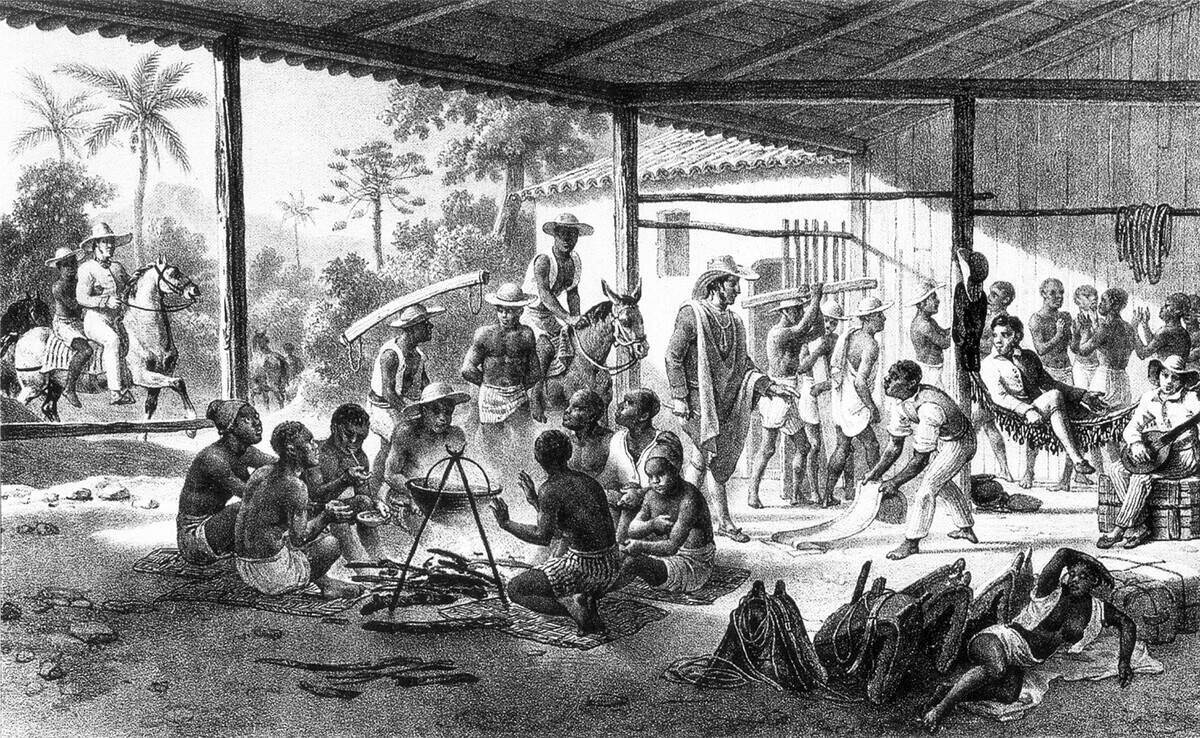
The transatlantic slave trade was a global enterprise that lasted from the 16th to the 19th centuries. It involved the forced transportation of millions of Africans to the Americas, where they were sold into slavery.
This trade was not just a business but a brutal system of exploitation that fueled economic growth in Europe and the Americas. Its impact was far-reaching, affecting economies, societies, and the lives of millions across the globe.
Myth or Reality: Slavery Existed Only in the Southern United States
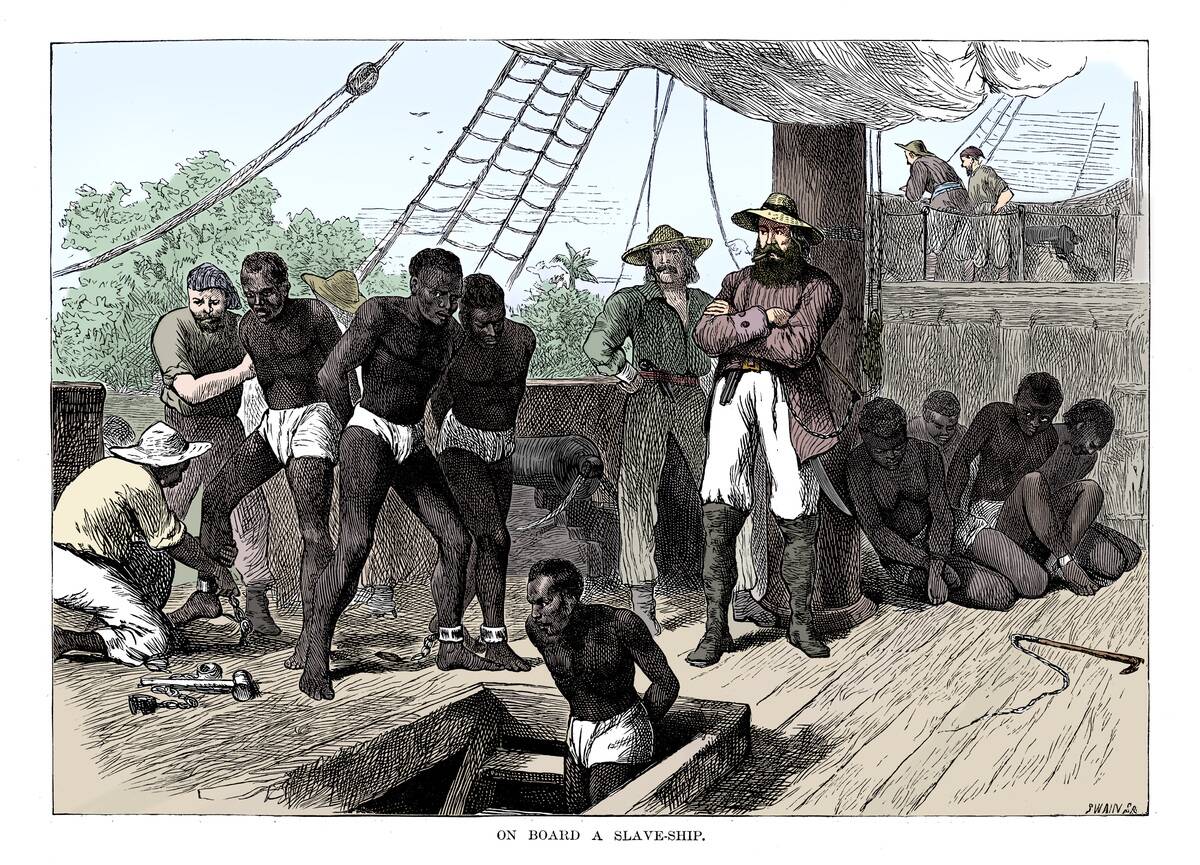
Contrary to popular belief, slavery was not confined to the Southern United States. It existed in the North and other parts of the world, including the Caribbean and South America.
For instance, New York was once a hub for slave trade, and Brazil imported more African slaves than any other country. Understanding this helps us see the widespread nature of slavery beyond the American South, revealing a global system of oppression.
Myth: When Countries Banned The Slave Trade, It Was Over
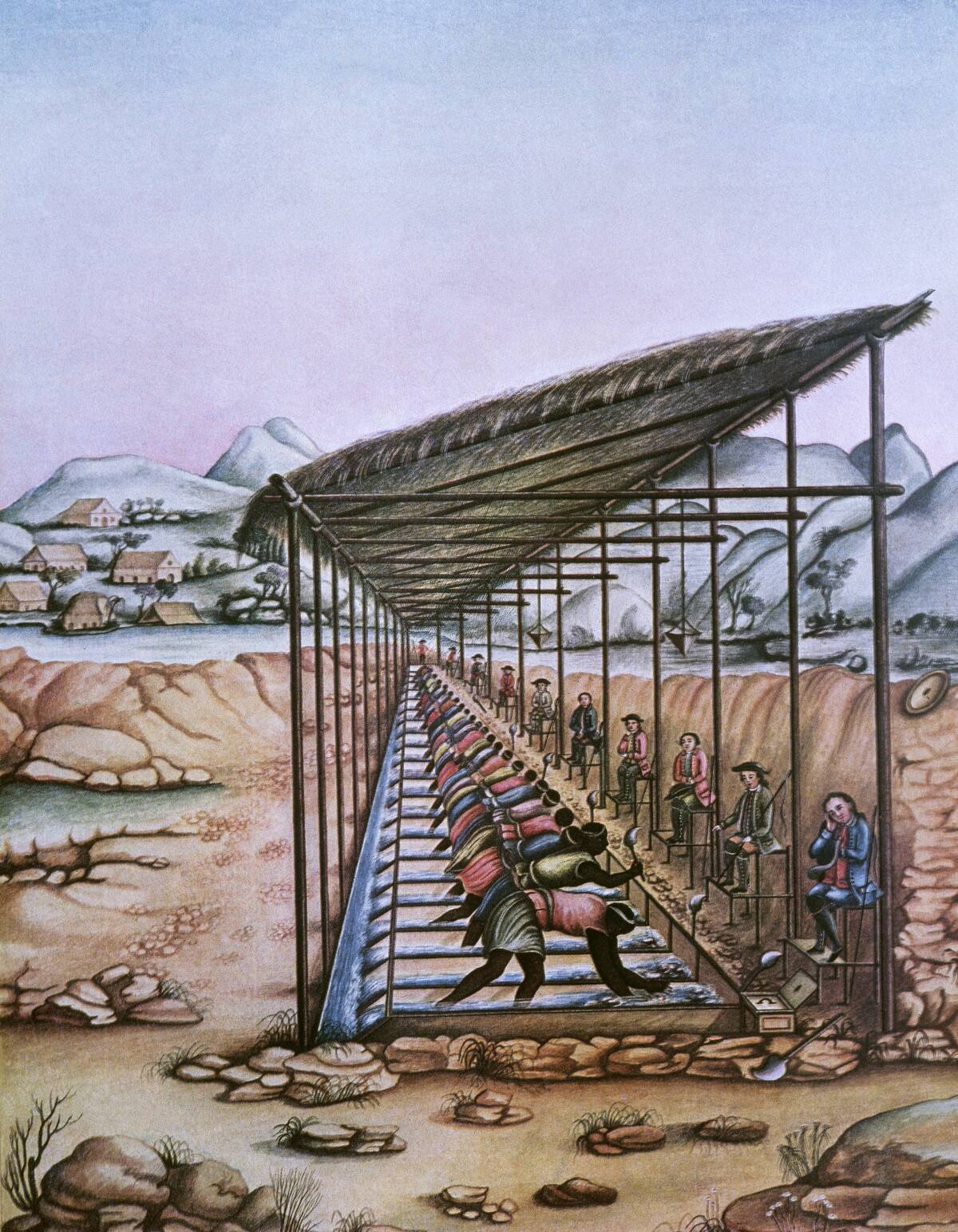
According to the National African-American Reparations Commission, not every nation that nominally banned the slave trade in the 1830s had any intention of seeing the trafficking of enslaved people end. This was particularly true in Spain and Brazil, where the bans only occurred as the result of political pressure.
In such nations, enforcement was lax and it was common for slave traders to bribe government officials to overlook their activities. Many of the people who fell into this illegal trap were brought to Brazil and Cuba.
Myth: Enslaved People In Houses Had It Easy Compared To Those In The Fields

Even now, it’s commonly believed that those who were relegated to servitude in the houses of plantation owners were lucky, as they didn’t have to engage in the backbreaking labor of clearing land, planting, and harvesting.
According to the National African-American Reparations Commission, however, it was nowhere near that simple. Unfortunately, the closer proximity of these enslaved peoples to their exploiters put them at risk of more frequent abuse by them and their wives. Most sorrowfully, 16.7% of Black Americans can partially trace their ancestry back to Europe as a result of widespread violations experienced by Black women under these conditions.
Myth: Only A Small Percentage Of Southerners Engaged In Slavery
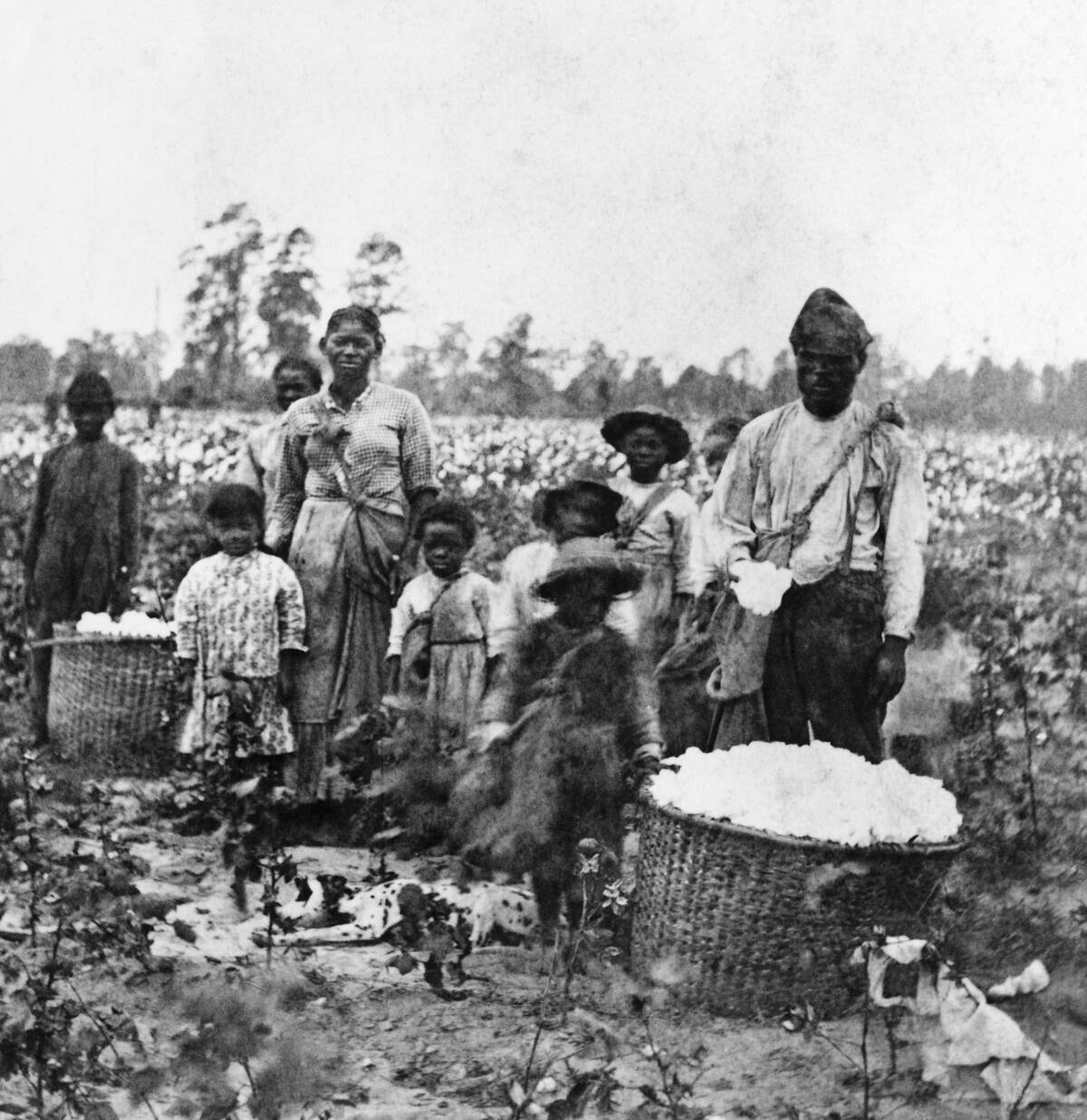
Although the percentage of White Southerners who owned enslaved people varied from state to state, it would be misleading to call the 20% of slave-owning families in Arkansas a small percentage. Meanwhile, 49% of families in Mississippi engaged in this practice, while 46% did in South Carolina.
Moreover, it would be incredibly naive to suggest that the remainder of families in these states uniformly abhorred slavery. Indeed, many families who couldn’t afford enslaved people aspired to own them and feared a future in which they would live among a free Black population. The Confederacy waged the Civil War as ardently as it did for a reason, after all.
The Middle Passage: Separating Facts from Fiction
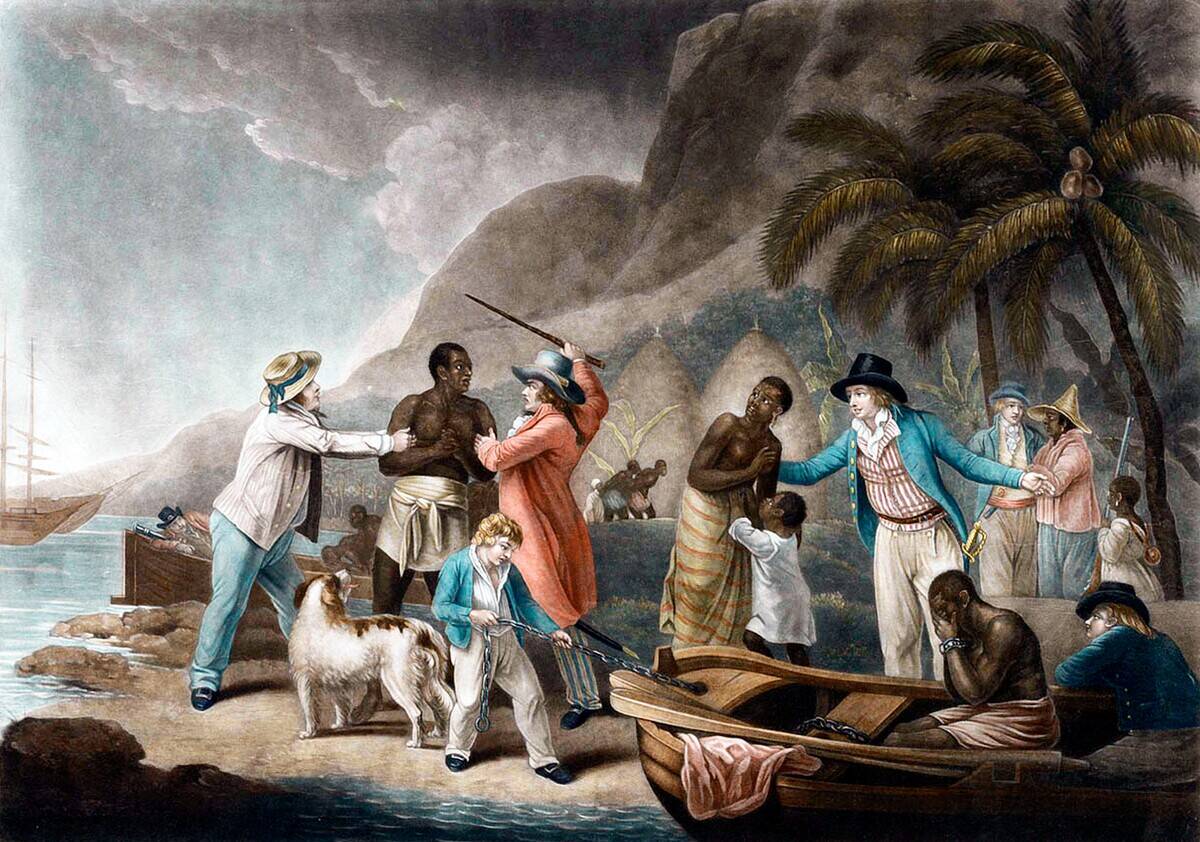
The Middle Passage was the harrowing journey enslaved Africans endured across the Atlantic Ocean. Conditions on slave ships were appalling, with people packed tightly in unsanitary conditions, leading to high mortality rates.
It’s estimated that 15-20% of the captives died on the voyage due to disease, malnutrition, and abuse. This grim reality challenges any romanticized notions of the trade, highlighting the brutal human cost involved.
True or False: The Transatlantic Slave Trade Was the First of Its Kind
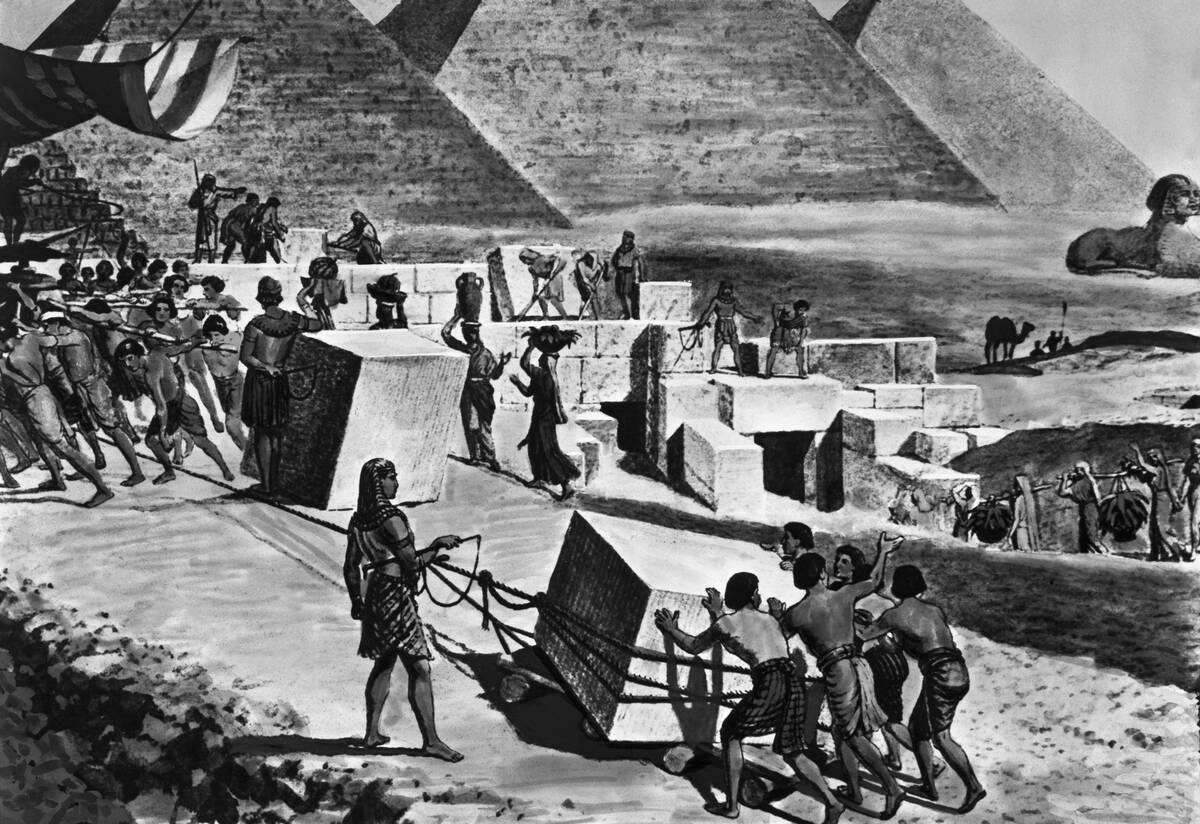
While the transatlantic slave trade was monumental in scope, it was not the first instance of slavery. Slavery has existed in various forms throughout history, from ancient Egypt to the Roman Empire.
However, the scale and industrial nature of the transatlantic trade were unprecedented. It marked a shift in global economic practices and set the stage for future systems of racial inequality.
European Involvement: More Than Just a British Affair?
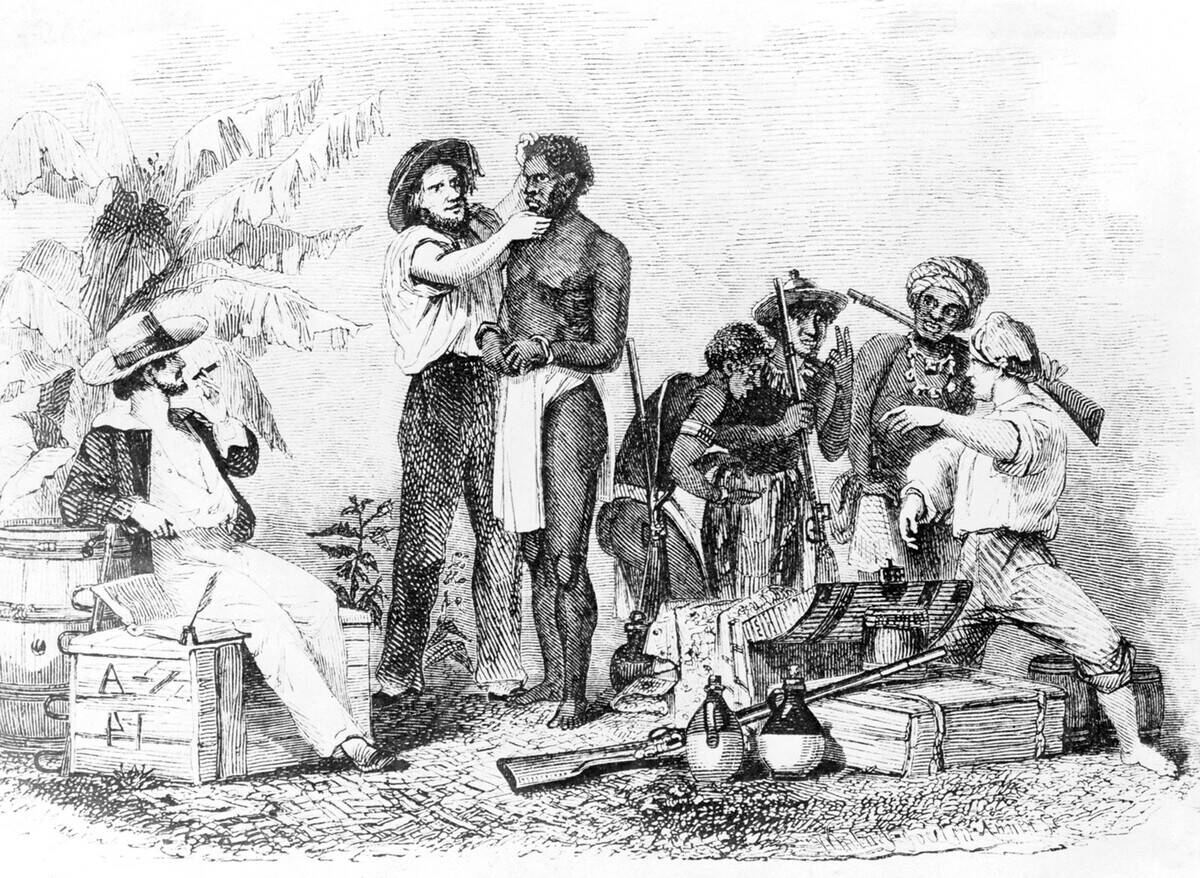
While Britain played a significant role in the transatlantic slave trade, it was not alone. Portugal, Spain, France, and the Netherlands were also heavily involved.
Each nation competed for dominance in the trade, driven by the lucrative profits from sugar, cotton, and tobacco plantations. This European scramble for wealth underscores the widespread complicity in and support for the inhumane practice of slavery.
The Role of African Kingdoms: Complicit or Coerced?
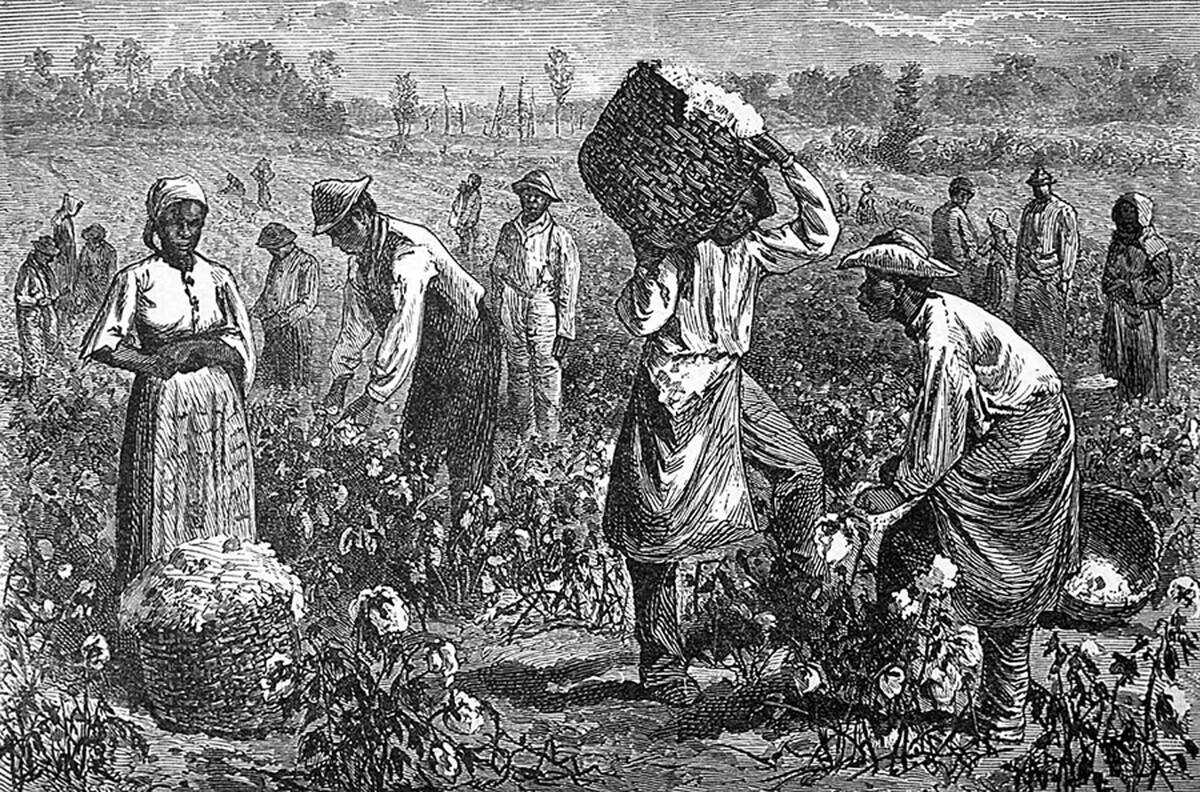
African kingdoms played complex roles in the slave trade, ranging from complicit to coerced. Some kingdoms, like Dahomey and Ashanti, engaged in the trade to gain wealth and power, while others were forced into participation due to European pressure and threats.
This involvement adds layers to the narrative, showing that the trade was not simply Europeans exploiting Africans but a complicated web of power dynamics.
Myth Busting: Did Slavery Really End with the Emancipation Proclamation?
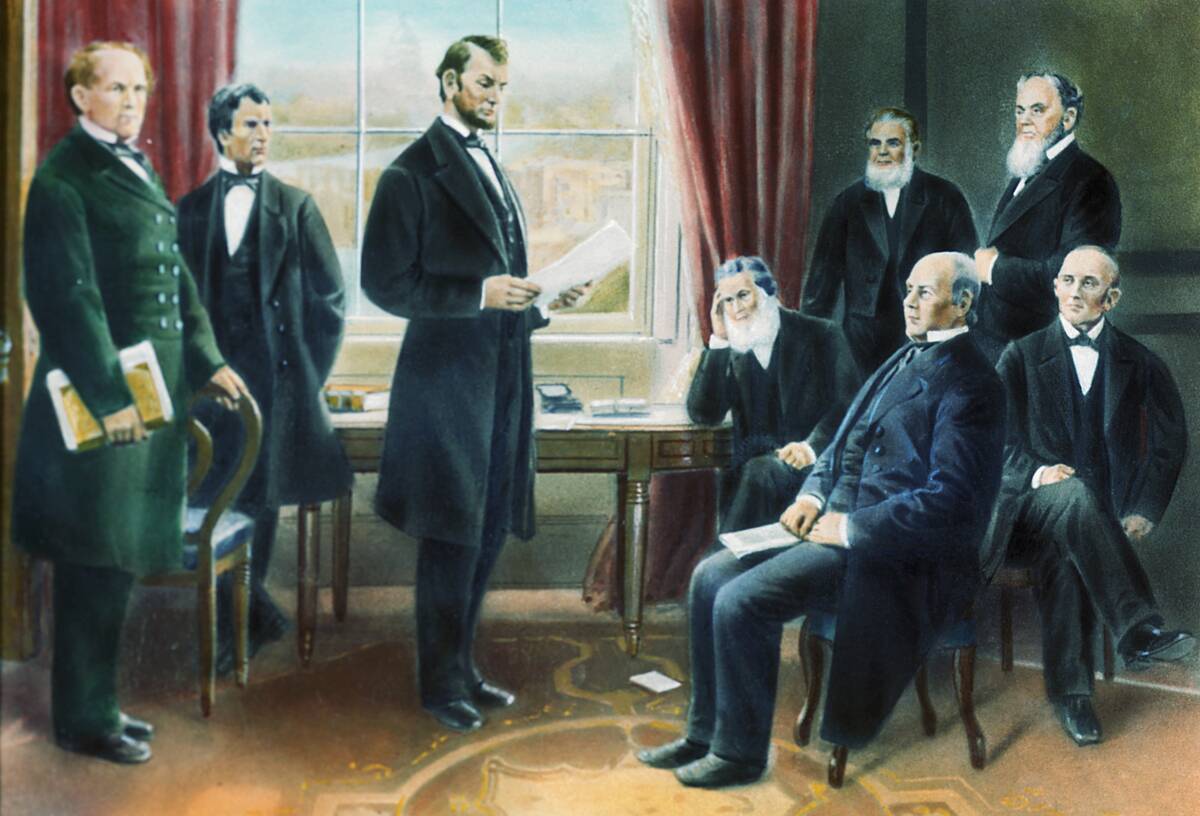
The Emancipation Proclamation, issued by President Lincoln in 1863, did not end slavery. It only applied to Confederate states in rebellion, leaving slavery intact in border states and other areas.
It wasn’t until the 13th Amendment in 1865 that slavery was officially abolished across the United States. This highlights the complexity and gradual nature of the abolition process, challenging the simplistic narrative of sudden freedom.
Myth: There Were Irish Chattel Slaves
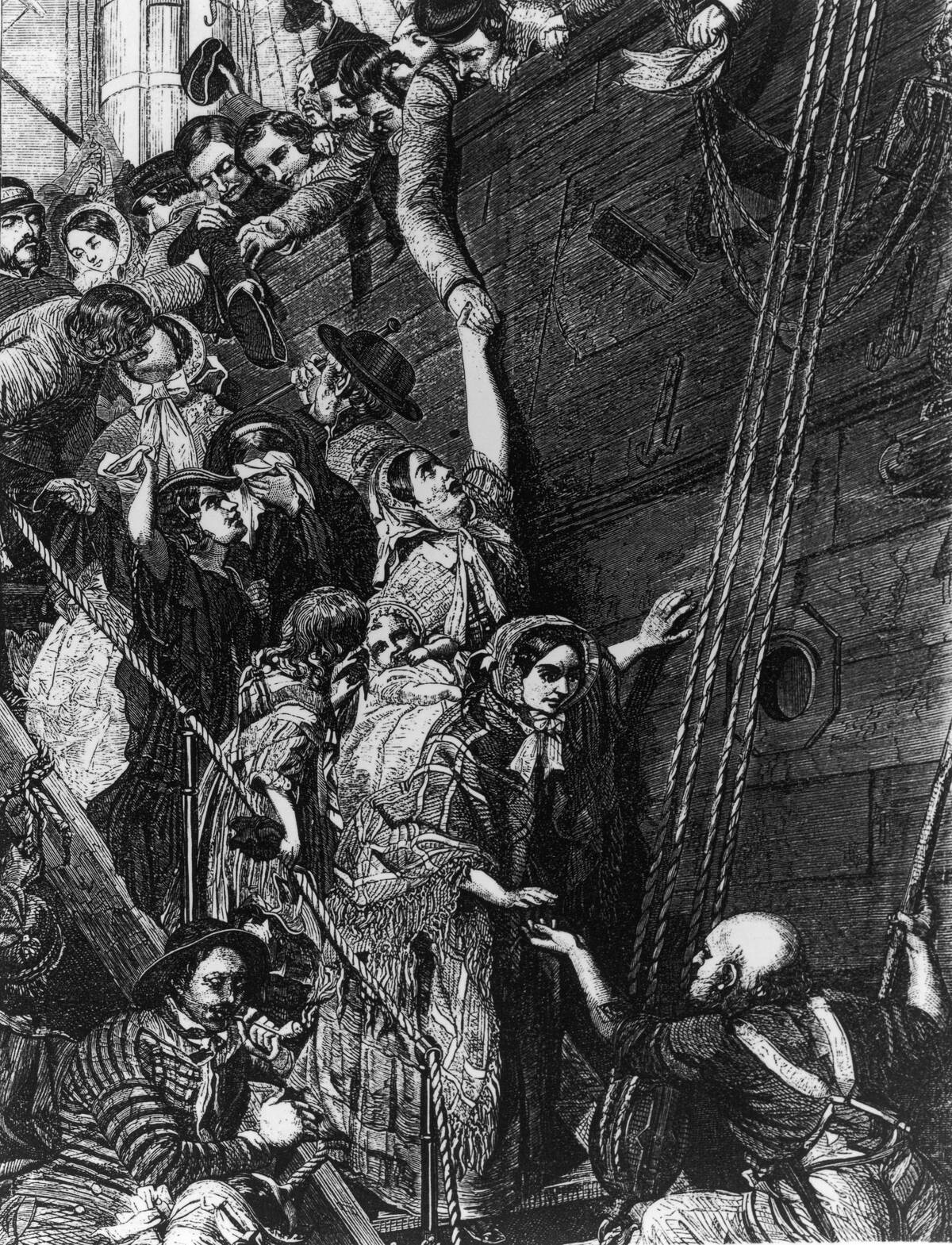
As a means of attempting to downplay the horrors of the Transatlantic Slave Trade, some will claim that Irish immigrants were subjected to the same treatment as African enslaved people. Yet, while it’s true that Irish immigrants faced serious discrimination and widespread indentured servitude during the 19th century, it’s a serious distortion of facts to make such a direct comparison.
One distinction is that most of Irish immigrants subjected to this came to America voluntarily (albeit out of desperation) and even among those who didn’t, all but the most egregious of felons found that their servitude was temporary. That’s not to say they weren’t exploited, but there’s an important distinction to be made between their hardships and the multi-generational exploitation imposed on African enslaved people, all of which had no choice in the matter whatsoever.
Myth: The Underground Railroad Only Went One Way
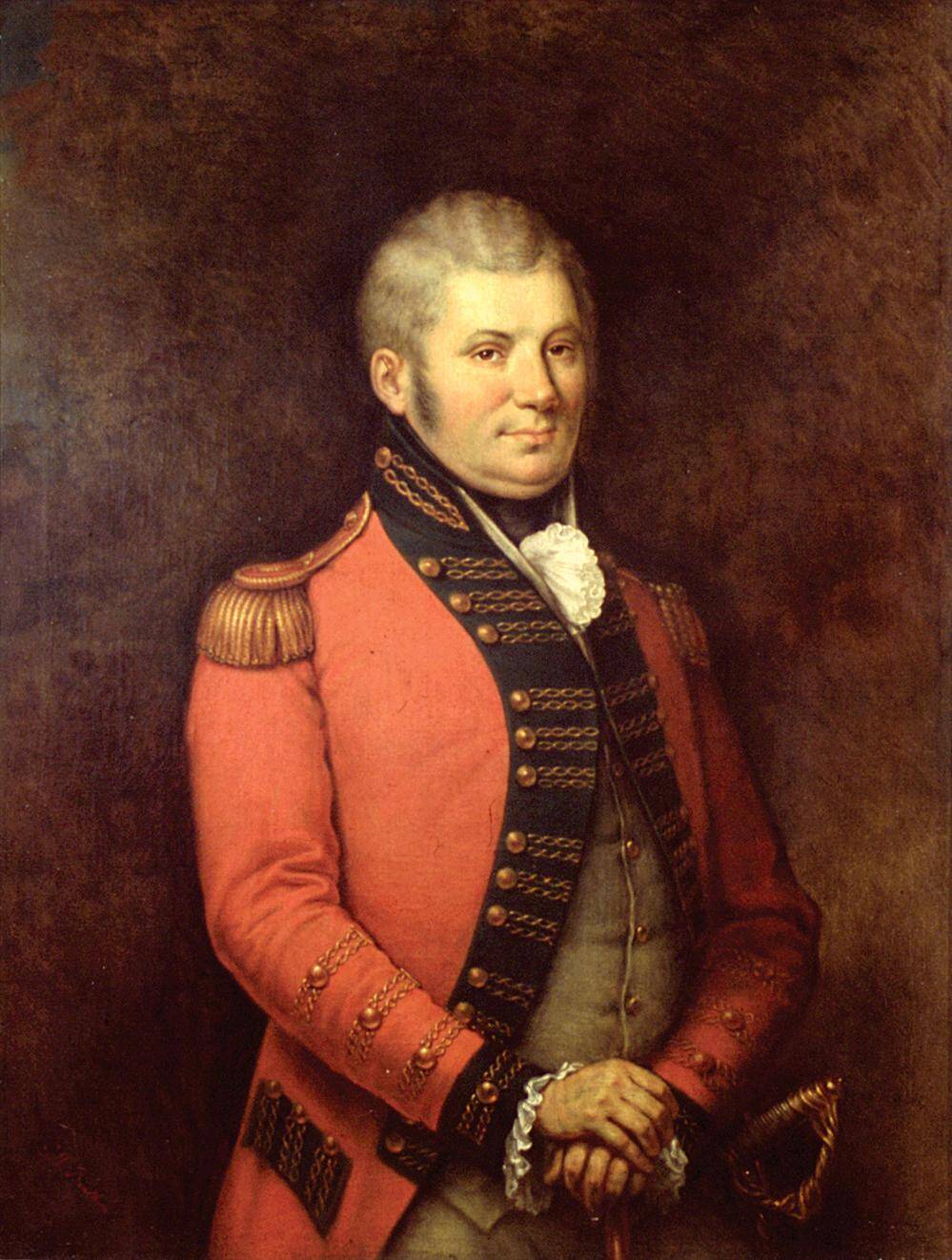
While some debunk this myth by saying that the network of safe houses and contacts that made up the Underground Railroad didn’t exclusively lead to Canada, it’s also true that some enslaved people in Canada had reason to use it as a means of escaping to the northern United States.
While it’s true that many American enslaved people saw Canada as a destination that lessened the dangers of recapture empowered by the Fugitive Slave Act, it’s also true that the 1793 Act to Limit Slavery in Upper Canada spearheaded by John Graves Simcoe (pictured) didn’t entirely eliminate slavery there. Those who were already enslaved when the act was passed were grandfathered in, which meant that it would have made sense for them to also use the Underground Railroad to escape to free states south of the border.
Myth: All Northern States Banned Slavery By The Civil War
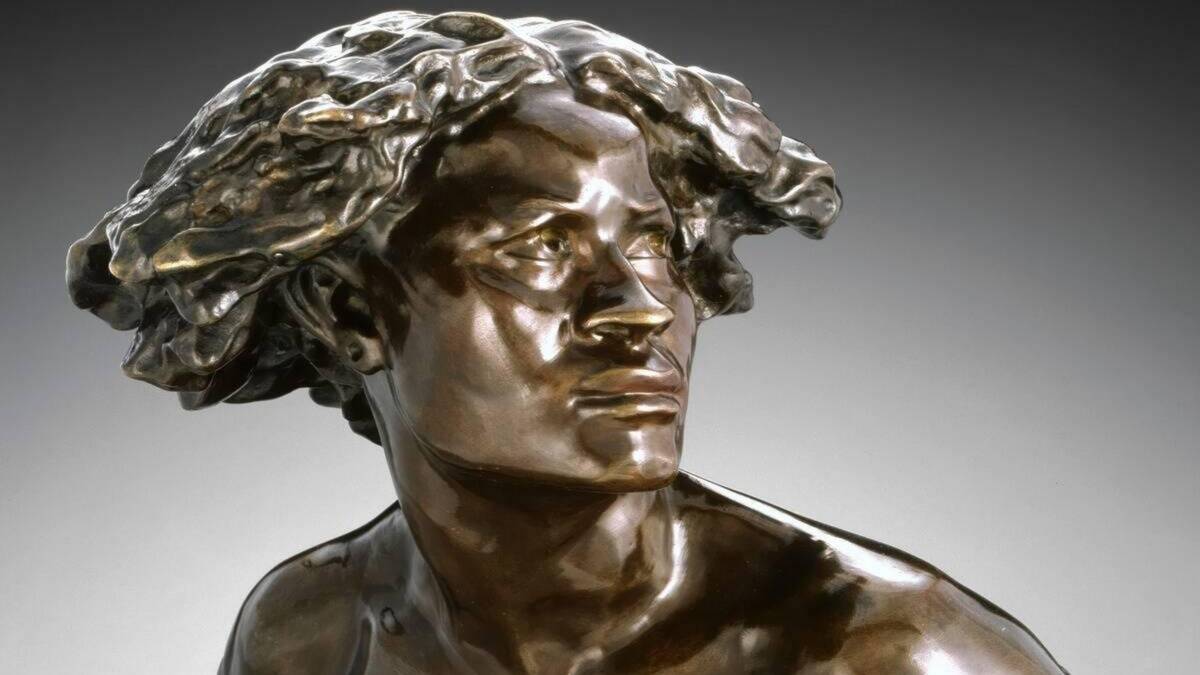
Although it’s true that Vermont and Massachusetts instituted outright bans on slavery before 1800, other states like New York, Pennsylvania, Rhode Island, and Connecticut all instituted gradual abolition programs similar to the 1793 Act to Limit Slavery in Upper Canada. This meant that it wasn’t impossible to be grandfathered into slavery in these areas as well.
It’s also true that regardless of their efforts on the side of the Union or the raw numbers of enslaved people living in these states, neither New Hampshire nor Jew Jersey officially banned slavery.
Economic Impact: A Boon or Bane for Europe and the Americas?
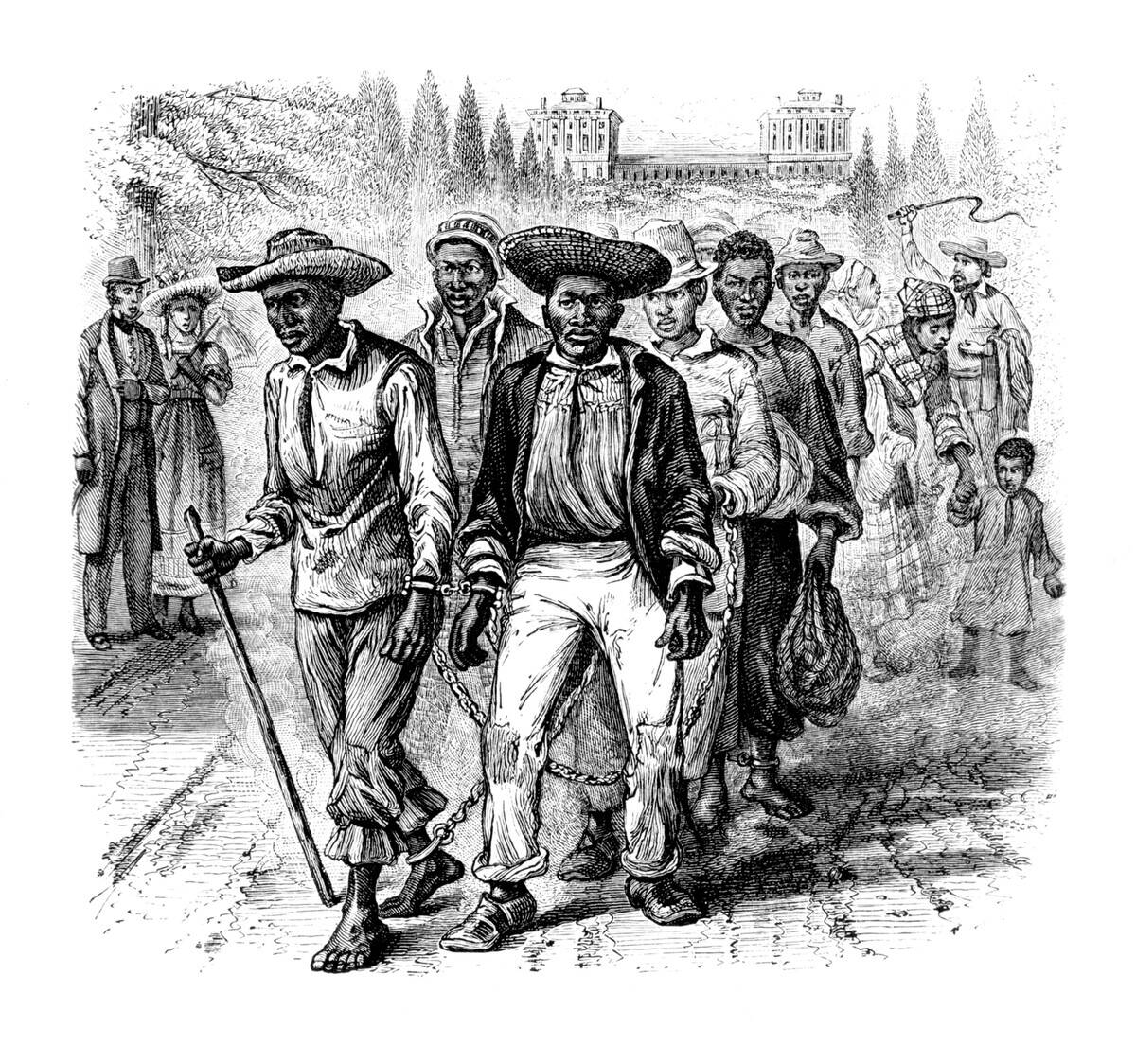
The transatlantic slave trade was an economic boon for Europe and the Americas, fueling the rise of industries like sugar, cotton, and tobacco. However, it was a bane for African societies, leading to population loss and social disruption.
The wealth generated from slave labor helped build economies but left a legacy of inequality and exploitation that persists today. This duality underscores the trade’s complex economic impact.
Human Cost: Numbers Versus Narratives

Estimates suggest that around 12.5 million Africans were forcibly transported during the transatlantic slave trade, but numbers alone can’t capture the human cost. Personal narratives and accounts reveal the psychological and cultural trauma endured by enslaved individuals and their descendants.
These stories add depth to the statistics, reminding us that behind every number was a person with a life forever altered by the trade.
Cultural Repercussions: The Lasting Legacy on Descendants

The cultural repercussions of the transatlantic slave trade are profound, influencing music, cuisine, religion, and identity among descendants of enslaved Africans.
Practices like jazz and blues emerged from African American communities, blending African rhythms with new influences. This cultural fusion highlights resilience and creativity, yet also underscores the lasting scars of displacement and cultural dislocation imposed by the trade.
The Abolition Movement: Heroes, Myths, and Misconceptions
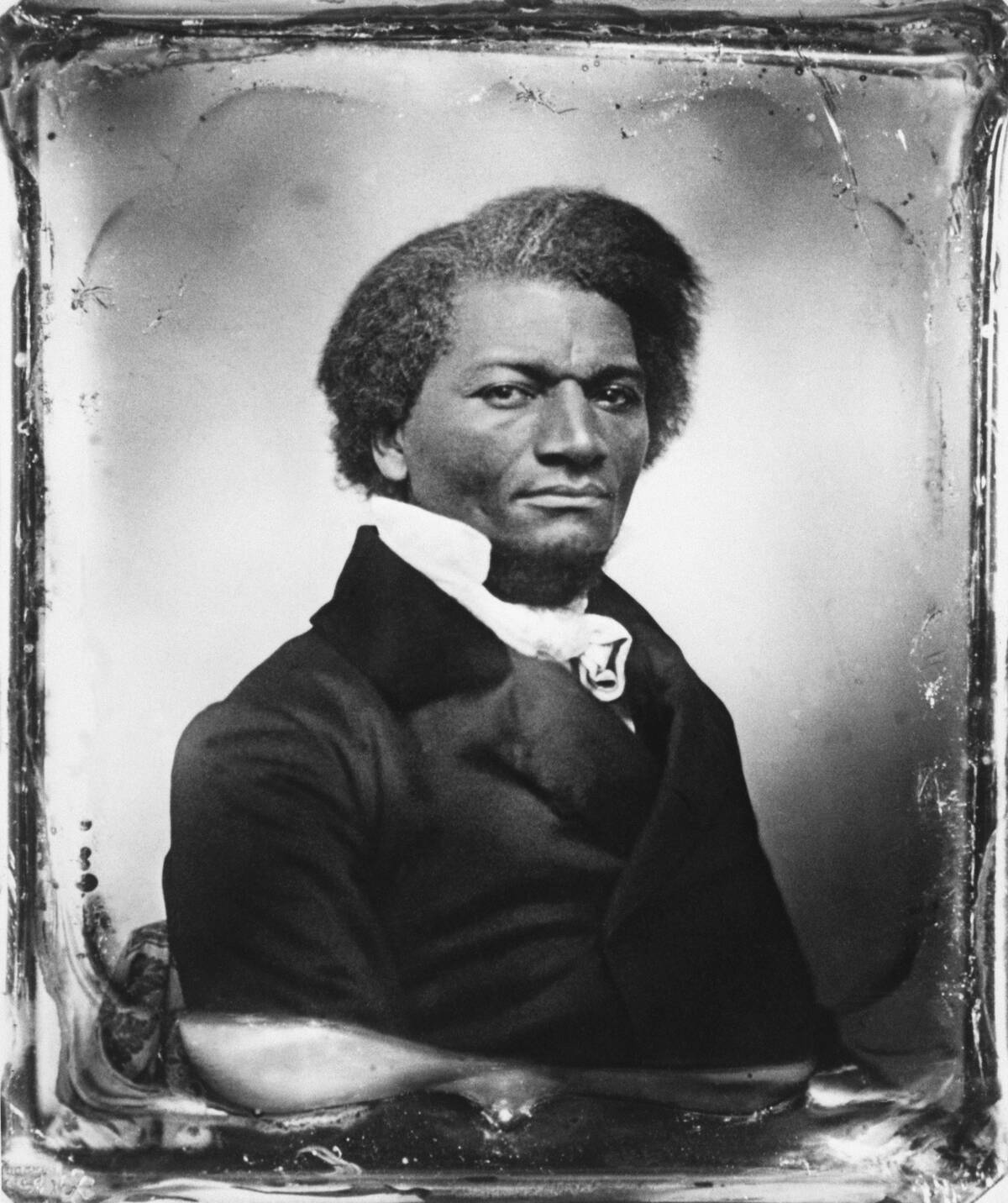
The abolition movement was a complex tapestry of individuals and ideologies, not just a few iconic figures. While Frederick Douglass and Harriet Tubman are celebrated, countless unnamed people contributed to the cause.
Misconceptions about the movement often simplify its diversity and global reach, ignoring efforts in Europe, Africa, and the Caribbean. Recognizing this complexity enriches our understanding of the fight against slavery.
Women in the Trade: Invisible Victims or Hidden Agents?
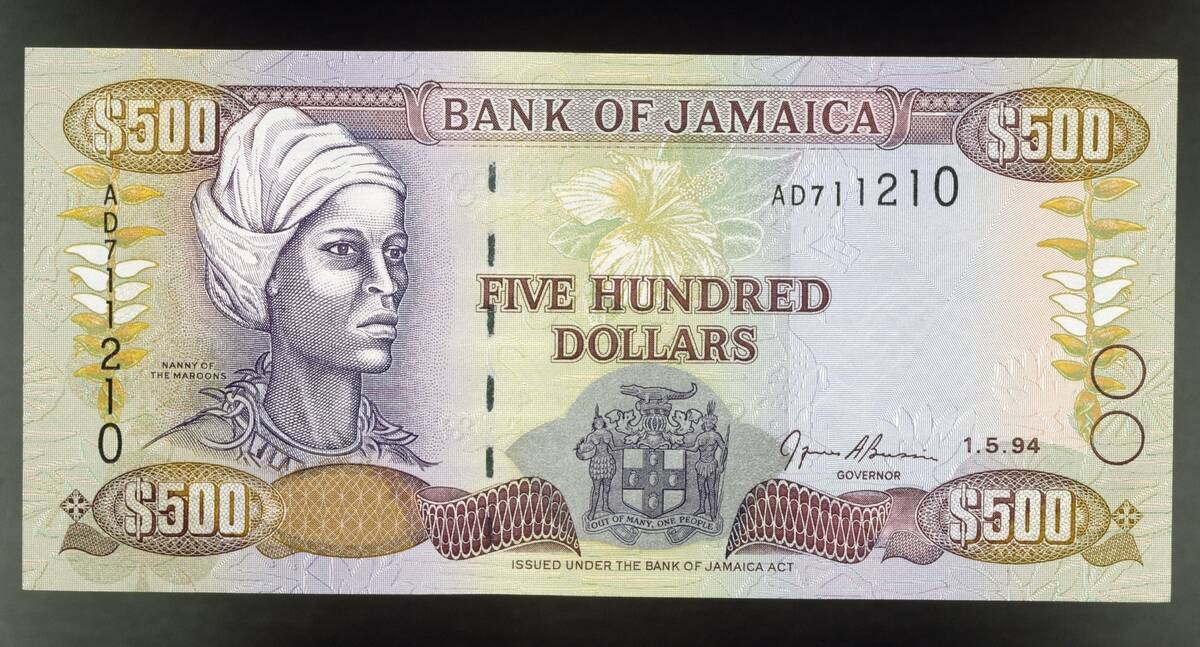
Women played multifaceted roles in the transatlantic slave trade, often overlooked in historical narratives. Enslaved women faced unique challenges, yet some became agents of resistance, like Nanny of the Maroons in Jamaica.
European and African women also participated as traders, albeit in limited numbers. This nuanced view challenges stereotypes, highlighting women’s agency and resilience in the face of oppression.
The Role of Religion: Justification or Condemnation?
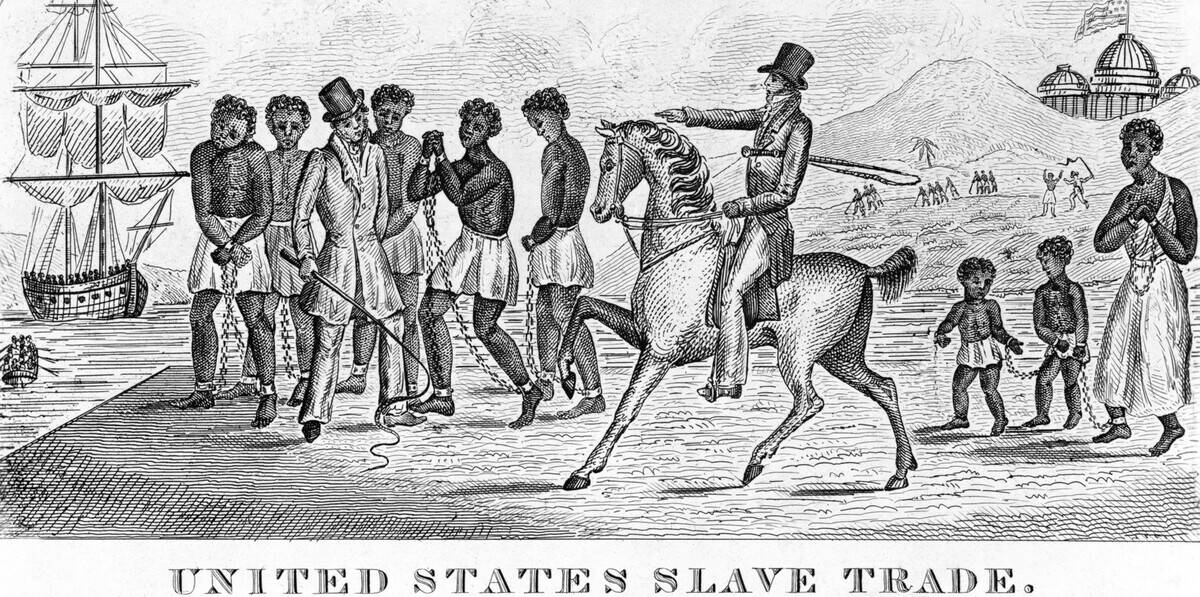
Religion was both a tool of justification and condemnation during the transatlantic slave trade. Some used Christianity to rationalize slavery, claiming it was a path to salvation for Africans.
Conversely, religious leaders and groups, like the Quakers, condemned the trade, advocating for abolition. This dual role of religion underscores its powerful influence in shaping moral and ethical debates surrounding slavery.
The Modern-Day Perspective: How Our Understanding Has Evolved
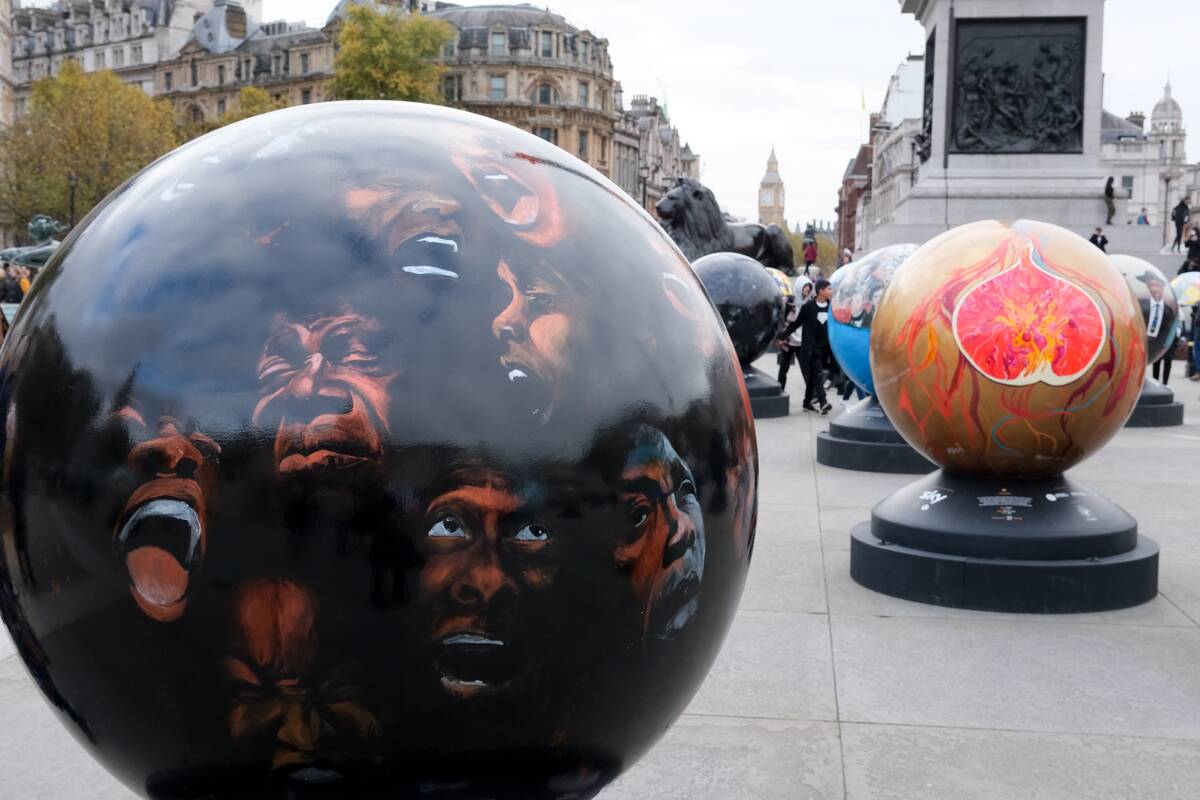
Our understanding of the transatlantic slave trade has evolved, driven by new research and perspectives. Historians now emphasize the resilience and agency of enslaved people, moving beyond victimhood to highlight their contributions to culture and society.
This shift encourages a more nuanced view of history, recognizing the complexity of the trade and its lasting impact on modern identities and relationships.
Revisiting the Myths Through Literature and Cinema
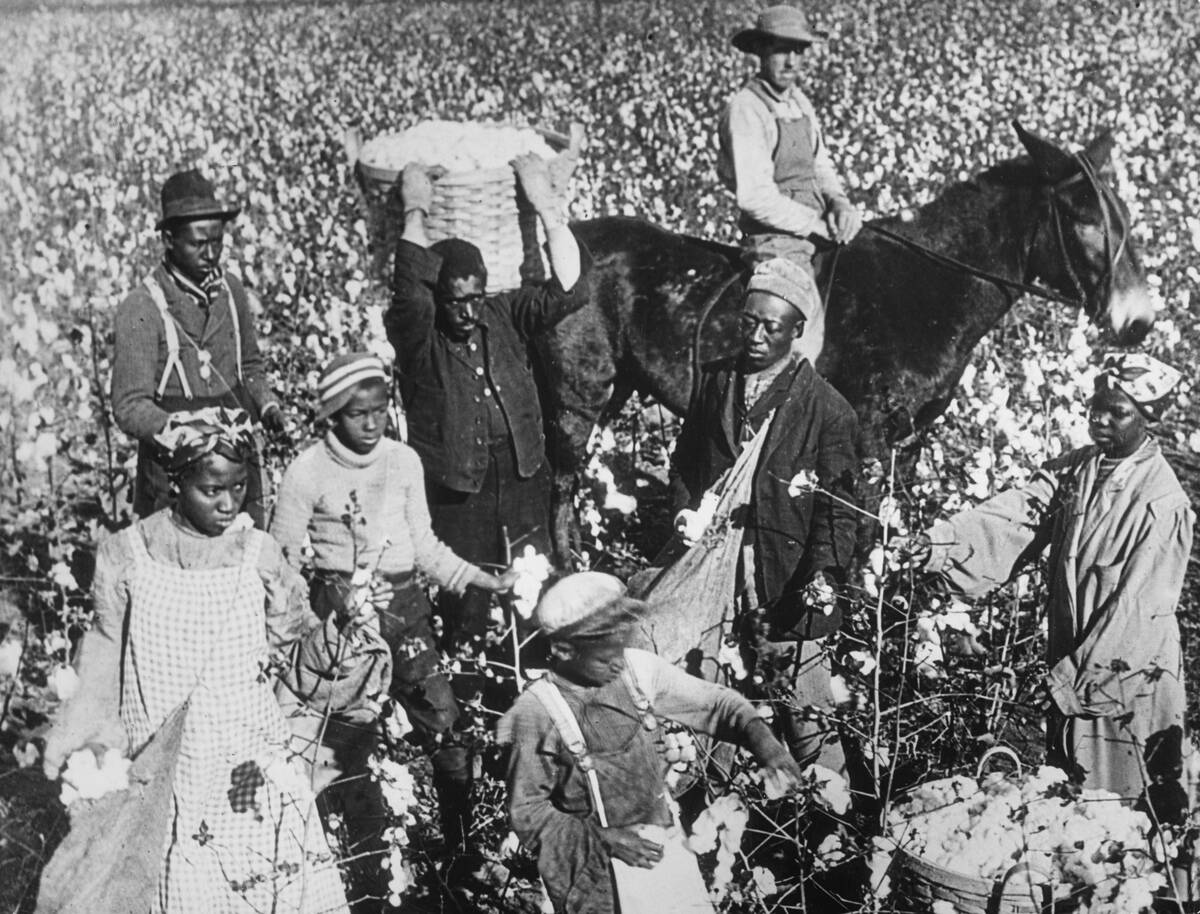
Literature and cinema play crucial roles in revisiting myths of the transatlantic slave trade, offering new insights and narratives.
Films like 12 Years a Slave and novels such as Toni Morrison’s Beloved challenge stereotypes, providing emotional depth and historical accuracy. These mediums invite audiences to engage with history on a personal level, sparking dialogue and reflection about the past’s impact on the present.
Education and Awareness: Correcting Historical Inaccuracies
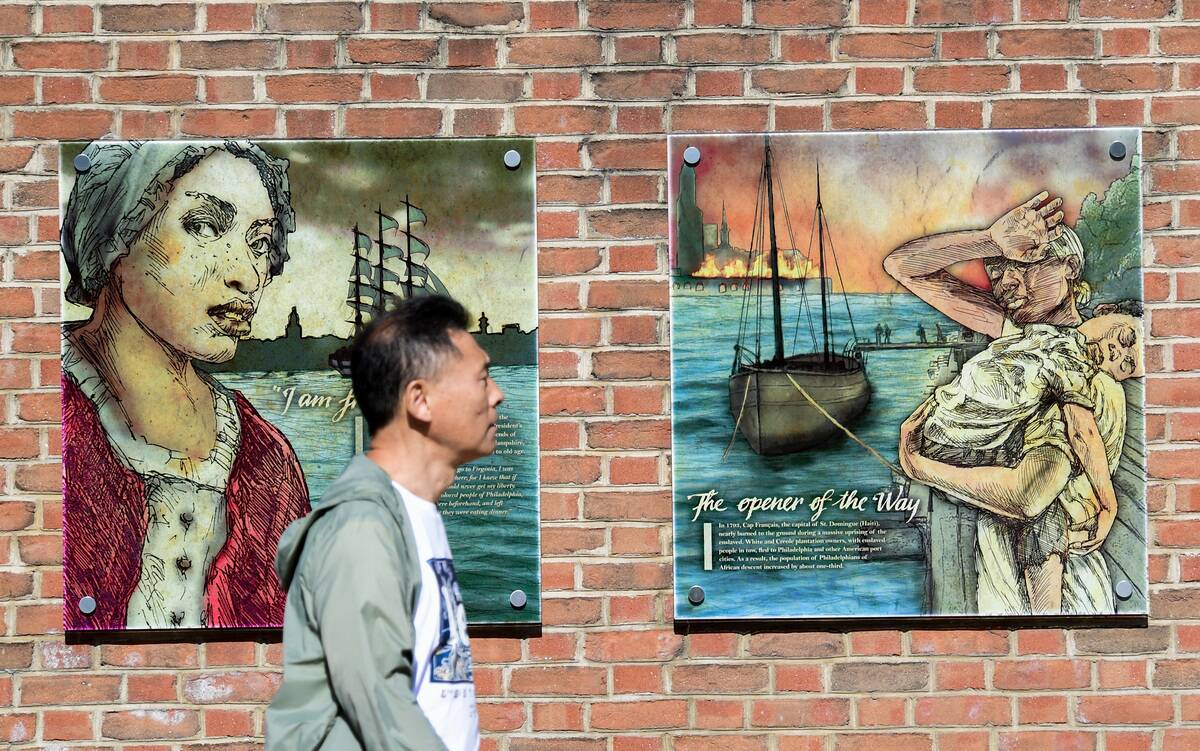
Education is key to correcting historical inaccuracies about the transatlantic slave trade. Curricula are increasingly incorporating diverse perspectives and primary sources, challenging outdated narratives.
This educational shift empowers students to critically engage with history, fostering a deeper understanding of the trade’s complexity. By promoting awareness, we can build a more informed and empathetic society, acknowledging past injustices and their ongoing repercussions.



